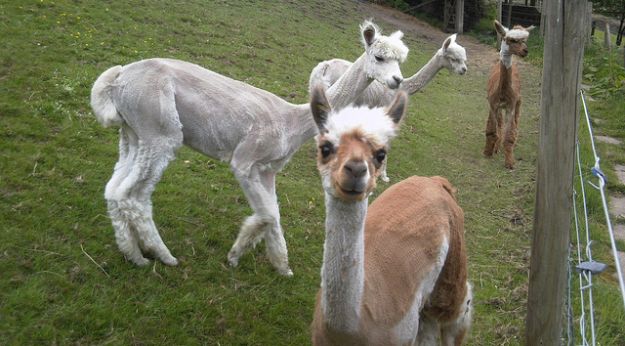If you live in the Northern part of the US, you’re probably very familiar with snow and the cold. People in these areas want to stay warm, and Mary Ann Weerts found a way to do it. She sells alpaca-blend clothing woven by artisans in Peru.
Sold across the U.S. in gift shops and museums and via catalog, the high-end pieces help Peruvian natives make a living while keeping customers warm in often-frigid places like Minnesota.
Weerts performs several functions of the business and spends several weeks annually on business in the Lima, Peru area. Her husband Scott heads up sales and marketing and oversees five contract sales representatives across the U.S.
She founded Tabask in 2001, originally working with artisans in Nepal who knitted sweaters, hats, scarves and mittens using silk recycled from manufacturing facilities and secondhand Indian saris. That venture was successful for about four years — “we were at the front of that particular fashion,†she said — until Maoist rebels in Nepal made transport of the raw silk too difficult. In 2004 her husband Scott joined the business, and shortly afterward they began phasing production to Peru to focus more on alpaca-based products. Tabask’s one production plant in Peru has since expanded to six and the business has focused mainly on the wholesale market, working with between 600 and 700 retailers. Weerts said the company doesn’t have much competition when it comes to its more elaborate intarsia and embroidered jacquard styles.
“There really aren’t that many people in the world anymore who produce this type of sweater,†she said of intarsia designs, which resemble a mosaic. “It takes almost three days for a knitter to produce. They have between eight and 14 different colors. I do a drawing and a designer in Peru puts it on graph paper… then the knitters actually go line by line, knotting and changing lines constantly.â€
Photo by James Preston
